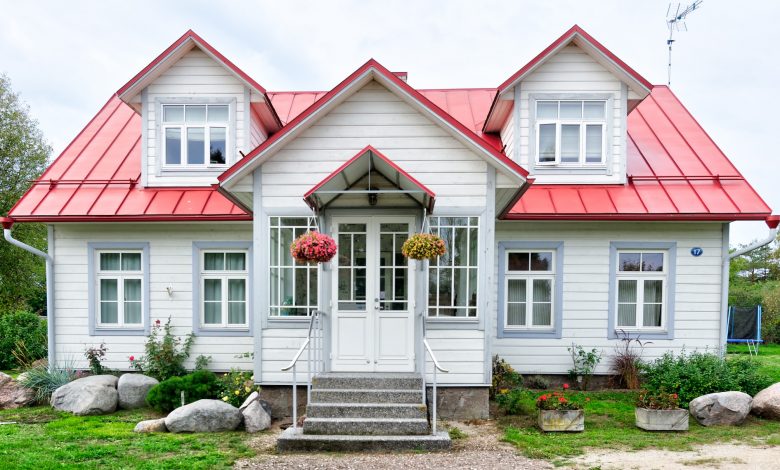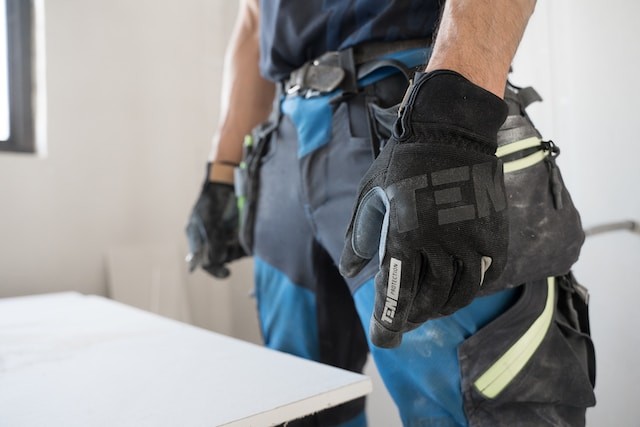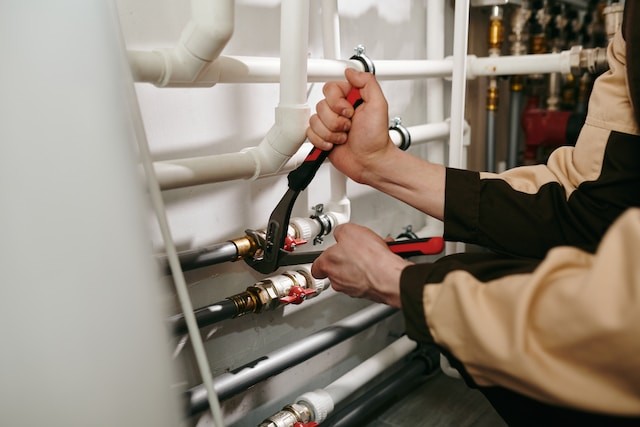6 Easy Repairs and Maintenance Tasks Every Renter Should Know

Regardless of what your landlord might have you believe, upkeep and maintenance are typically the responsibility of the tenant when renting a property. It is important to keep in mind that you may be held responsible for ensuring the unit remains in good condition.
Although some repairs must be done by a professional handyman, there are many simple ones that you are capable of doing yourself. Any house maintenance skill that you learn is worthwhile and likely saves you money and time.
Here are the top 6 that you need:
Fixing Leaking Faucets
To fix a leaky faucet, first, you’ll need to buy some necessary parts. A compression faucet will need a new rubber washer to seal the valve. A dripping washerless or another type of faucet will need a new O-ring or neoprene seal.
Turn off the water to the sink and cover the drain with a rag so you don’t lose any small parts while you’re dismantling the faucet. Plan a spot nearby to arrange the parts according to their removal order.
Tape the jaws of your wrench with a layer of duct tape to avoid scratching the fixture, and have some distilled white vinegar and a soft pad ready to remove any mineral deposits found on the parts.
You can google more detailed instructions depending on the type of faucet that you have to know how to fix it.
Replacing the faucet is not a hard job either. The new fixture should have holes in the same locations as the old one so that it fits properly on the sink.
It’s best if you take a picture before you start working so you know where each part’s place is when you’re putting everything back together. Turn off the water, drain the faucet, and follow the manufacturer’s instructions.
Why?
Old faucets that are dripping can mean you are literally pouring money away. Fixing or replacing them can save significant amounts of water and, thus, lower your monthly utility expenses.
Replacing a Showerhead
A simple task like replacing a showerhead can make a big difference. First, you’ll need to choose your new one and buy it. There are many types available, so you can consult with the cashier on which one might be best for your situation.
Remove the existing shower head. It can be as easy as turning it counterclockwise a few times. If it doesn’t budge, grab a rag or a towel. Wrap it around the shower arm to protect it from damage as you grip it with slip-joint pliers.
Turn the adjustable wrench counterclockwise until it’s removed from the arm by clamping it around the head’s base. Clean the shower arm thoroughly and lay seal tape at its base before screwing in the new piece. Do not tighten it too tightly.
Why?
It’s uncomfortable to shower underneath a worn-out shower fixture. The outdated model can also cost more on your monthly water bills.

Fixing a Clogged Toilet or Skin
To fix a clogged toilet or a sink, you’ll need a plunger, an auger, rubber gloves, and a bucket. If the toilet bowl is in danger of overflowing, shut off the water supply valve behind the toilet and empty half of the water. Try a plunger first. If that doesn’t work, you can also use an auger.
Some extra tips when unclogging a toilet:
- Avoid chemicals
- Keep the toilet cover down
If your skin is clogged, skip the chemical cleaners because it’s very unlikely that they’d help. The problem is probably a blocked P-trap, and you need to check the U-shaped pipe under the sink.
Place a bucket underneath it and then unscrew the pipe. A plunger is a very useful tool for this situation. However, when you’re using it for this job, don’t use the same one that you use for the toilet.
Why?
A clogged toilet or sink is an unavoidable problem that will appear in any house at least once. You’ll probably need to get it fixed as fast as possible.
Filling Interior and Exterior Gaps
For this task, you’ll only need a caulk gun. It’s really simple to use: just pull back the plunger and insert the tube. Slow the flow of caulk by cutting the plastic applicator at a 45-degree angle. When the trigger is softer, it is easier to control the sealant.
If you want to re-caulk a space, remove the old caulk with a sharp tool and some mineral oil or vinegar. Tape the area that needs to be re-caulked and apply the caulk from the gun to the desired location. Smooth the line using a gloved finger or an ice cube to get a smooth finish.
Why?
Caulking the exterior and interior of your house can really benefit you by reducing your energy bills. Re-caulking the bathroom space protects the drywall and prevents mould from growing.
Replacing Outlets
To update your outlets, first, you’ll need to cut the power and confirm that there’s no electricity running through them.
Cut the breaker to the whole house if you aren’t sure which breaker is the right one. Remove the faceplate and unscrew the outlet. Pull it away from the box it’s in and note which wires are connected to which outlet.
The wires need to be removed from the old outlet by unscrewing the screws they’re wrapped around.
Just enough that you can slip the wires off. Before installing your new outlet, wrap the ground wire around the grounding screw at the back of the metal box and then bring it forward to the receptacle.
Attach the wires to the new outlet, hook it up, screw it into place, and turn the electricity back on to test your work.
Why?
Outlet covers are often updated after a paint refresh to match the interior of the living space.

Turning off the Main Water Supply
Every home has a main water shut-off valve that controls the water supply for the entire house. Usually, it is located close to where the street water main enters the house. There is also a possibility that it is in a basement, a garage, a utility room, or a closet.
Cut off the water supply by turning the wheel handles clockwise once you’ve found it. Levers need to be turned a quarter turn at a time. If it’s not already done, mark it with “on” and “off” for future reference or for anyone else who may need to use it.
Why?
It’s good to know where the main water supply valve is and how to turn it off in case of a water emergency, such as a burst pipe, leak, or plumbing repair.
Final Thoughts
Renters should not be intimidated by the idea of performing maintenance and repairs on their own. These six tasks are a great start for renters who want to take a personal approach to keep their property in top condition.
With the right tools and a bit of time and commitment, even the most novice of renters can easily master these tasks and be prepared when the need for maintenance or repair arises. Licensed local handymen can help you with more complicated tasks as well.




